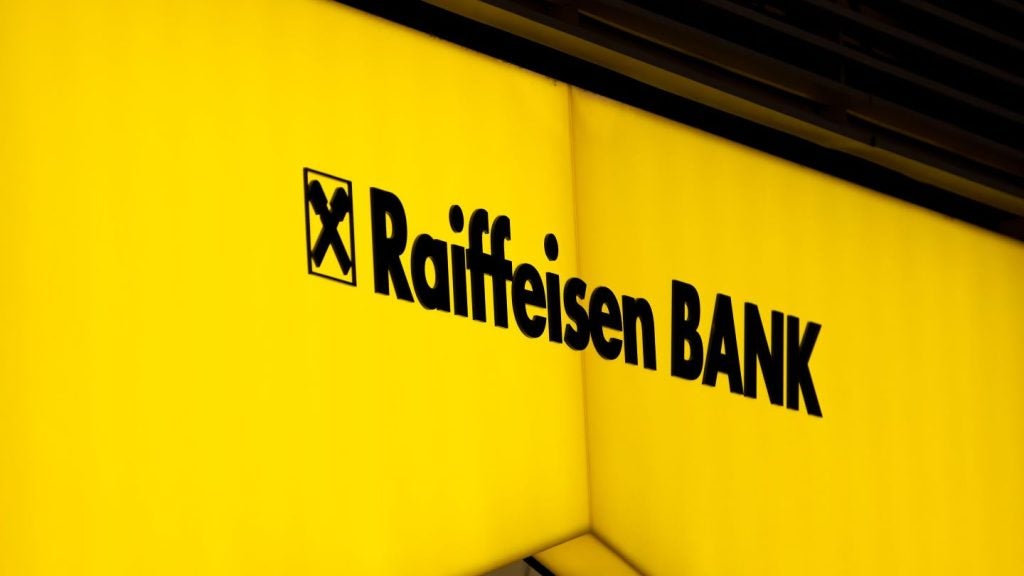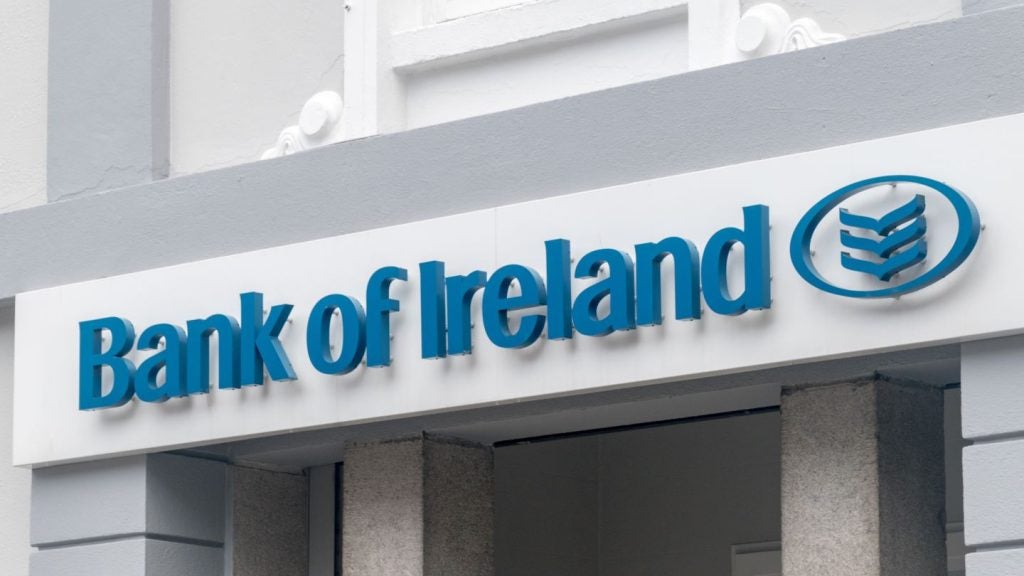
The 14th Leasing Life conference, held this year in Estonian capital city Tallinn, covered the cutting-edge issues that are affecting the present and the future of the European leasing industry. Christopher Marchant reports.
The 2018 Leasing Life conference featured talks that presented an industry on the cusp of change, regarding both how it conducts business and which sectors may prove to be the most innovative and profitable.
At the centre of these changes is not simply digitisation, but how it relates to every facet of the business, and how the consumer ultimately perceives the industry. Figures from across Europe and a range of leasing sectors met in Tallinn to discuss how asset finance must adapt in an ever-changing world.
A common theme across the conference was the impact of a rising subscription economy. On the surface, leasing seems to fit naturally into this trend of not owning a product but simply paying for a period of use, although an increased need for flexibility is key.
Pascal Layan, deputy chief executive officer at BNP Paribas Leasing Solutions, noted that consumers who use Netflix and similar subscription programmes will also look for this accessibility and ease of use in the B2B sphere.
Layan took an even-handed look at the benefits and downsides of this switch. “A subscription economy for both manufacturer and dealer brings a lot of
benefits,” he said.
How well do you really know your competitors?
Access the most comprehensive Company Profiles on the market, powered by GlobalData. Save hours of research. Gain competitive edge.

Thank you!
Your download email will arrive shortly
Not ready to buy yet? Download a free sample
We are confident about the unique quality of our Company Profiles. However, we want you to make the most beneficial decision for your business, so we offer a free sample that you can download by submitting the below form
By GlobalData“At the end of the contract you are in a position to renew the equipment. However, for our industry, we should stick to having a long-term commitment with the customer. It’s quite difficult to have a pure subscription approach where the customer can decide to stop using your asset every three months. Around 70-80% of assets today have a depreciation curve which is not meeting amortization of the contract, meaning subscription will have to remain in the twoto-five-year arena.”
SUBSCRIPTION MODEL
An example of using the subscription model to update and revitalise leasing was given through BNP Paribas’ roll-out of Kintessia. Launched in January 2018, this European product takes inspiration from US peerto-peer exchange app Yard Club.
SME companies with construction assets not currently in use can loan them to nearby businesses for a set period. In the case of Yard Club, construction and equipment finance provider Caterpillar is considering this as a new way to distribute its products.
The Estonian capital of Tallinn struck many attendees as an unusual choice of host
for the 14th annual Leasing Life Awards, but the connections became clear as the event progressed.
This small Baltic nation is, in fact, a worldwide technological hub – a perfect example of the convergence of digitisation that has become so necessary in the asset finance industry.
The year 2000 marked the first ever e-government session in Estonia, with a meeting conducted entirely online – a world first.
People in Estonia could vote online from 2005, and worldwide celebrities from Bill Gates to Angela Merkel have become ‘e-residents’. Other than marriage, divorce and buying real estate, all other public services in Estonia can be carried out online.
Perhaps the most famous application created in Estonia is Skype, well known for connecting people across the world through video chats.
In the words of Reet Hääl, chief executive officer of the Estonian Leasing Association, this is a “modest country that extends beyond its borders” in the digitisation sphere. Estonia, and the other Baltic states of Latvia and Lithuania, are also highly proficient adapters of asset finance.
According to Tõnu Palm, chief economist at Luminor Bank Estonia: “Since independence, this is an industry that has grown with speed and passion. Even young children are aware of how leasing works.”
It was in this technological hub that Carmen Ene, chief executive officer at 3 Step IT, explained that digitisation sits at the heart of leasing operations: “Digitisation, compliance and regulations have been identified by lessors as the most important things affecting their organisations. They all intertwine; you can solve many issues with compliance and regulations by digitising in a smart way.”
This is also closely connected to data, the flexible use of which is essential for any move
to a subscription economy and overall digital adoption.
Ene said: “We have all this data. We have big data, we have true stories and fake news; there is an abundance of data coming up to us. I think our role is to try and look at this data, consciously select the elements that are valuable and distil them.
“We need to understand what the customer wants and what is valuable to them; that’s not an easy task. I would like to approach digitisation and data from this angle.”
Steve Taplin, global sales and marketing director at Alfa, was also aware that digitisation needs to be more than a buzzword and more indicative of a company-wide shift.
“If we’re going to lead this change, it’s all great having this whizz-kid data scientist, but if the overall vision isn’t set higher up in the company by someone who appreciates the area of digital and what it can bring, then it makes it very challenging for organisations to move forward,” he noted.
A Slido survey conducted during the conference on the digital technologies with the greatest potential had 41% of respondents scoring ID and verification as the most promising. Intelligent online chatbots were only identified by 8% of respondents in the same manner.
Brendan Gleeson, group chief executive officer at White Clarke Group, believed this to be an oversight: “AI chatbots make voice interaction a feasible alternative. I believe
this is going to become widespread pretty quickly. Just look at the popularity of Siri or equivalent; take a look at what your teenage children are doing around the house. My son has everything – up to and including his bedroom lights – connected to something like this.”
Echoing Ene’s comments on how digitisation can aid compliance, Gleeson said: “Chatbots aren’t hard to do if you have the right tools. It’s about both the customer experience and efficiency. Is this age of compliance, they’re pretty damn certain to have a consistently compliant interaction.”
As for the easy verification potential the digital sphere holds, Gleeson said: “We’re using integrated electronic identification and e-signatures more and more. Feedback from
customers has been tremendously positive.
“Further afield we can look at things such as credit decisioning and data models. It is an area we should all have a good hard look at, because there is a lot of potential there.”
INNOVATIVE STRUCTURES
There are clearly innovative new structures available through digitisation, in a manner that stretches beyond the extensive work carried out behind the scenes over previous years and now directly impacting the consumer experience from the moment they inquire about a product.
Bas van Asseldonk, executive vice-president Europe at DLL said: “The manner of leasing sometimes sits in the way of thinking creatively about things that a business really needs. This industry is at the beginning of a new era, but we need to let go of strict paradigms.”
Van Asseldonk gave an example of this in the product-as-a-service sector. A UK coffee company has agreed an arrangement with DLL in which the coffee machine is leased with no minimum amount or fixed payment.
DLL is instead paid a share from each cup of coffee bought by the consumer. “If the machine is out of order, we don’t get anything,” Van Asseldonk explained.
“If people stop liking coffee, we don’t get anything. We consider this a way that we as an industry can create real solutions that have real added value.”
As well as new ways of approaching the industry from the development side, also discussed were the burgeoning fields for finance and funding.
For instance, in the Baltic markets, Palm identified the rising cost of medical equipment as an ideal point for leasing to expand yet further.
As Layan identified potential in subscription, Ene saw leasing as having a natural fit in recycling and sustainability: “The leasing industry can play a tremendous role in the circular economy, and we don’t speak enough about this. Sustainability is also changing the customer experience and customer expectations,” she said.
“There are great opportunities in the circular economy. In some instances, after the second lifetime we have brought assets back into the value chain, the scrap value of these assets were worth more than the residuals that we took,” said van Asseldonk.
Sustainability and carbon-neutrality are the most significant areas that leasing needs to explore, on both a business and ethical level, according to Patrick Beselaere, chief executive officer at ING Lease Belgium.
ING as an institution has been climateneutral since 2007, but in Beselaere’s words: “As a bank, our biggest impact is what we do with our money.”
ING’s position can be evidenced by its use of a sustainable improvement model in certain funding arrangements. If the perceived sustainability of a company goes up via a rating system, the interest rate goes down accordingly.
On a wider level, the bank’s aim is that by 2022 it will have doubled its funding to organisations that positively impact society and the environment.
On an economic level, John Rees, chief commercial officer at Société Générale Equipment Finance and this year’s recipient of the Leasing Life Industry Ambassador award, was able to provide a revealing insight into where leasing stands now, over a decade after the peak of the 2008 financial crisis.
Using the hypothetical example of Denton Gouin Transportation, founded immediately after the crash and named for two speakers at the conference, Rees explained: “They
have been able to take advantage of some incredibly good interest rates. It’s a low-risk investment in them in this period. They can invest in their fleet with interest rates that are so low their debt service has been incredibly manageable. We have been lending to them at interest rates that do not support the return on equity that our shareholders probably demand from us.”
NOTE OF CAUTION
Yet, this might all be about to change, and Rees sounded a note of caution for the next 12 months and beyond: “There is an expectation that interest rates will start to rise towards the second half of 2019. The European Central Bank [ECB] is gradually starting to withdraw certain types of funding. Its expansionist monetary policies are slowly changing. Inflation will start to go up as wage costs go up, and therefore you will
see more pressure in the economy and then you might start to see the ECB and national banks slowly start to increase the interest rates.
“This is the end of a cycle of incredibly low interest rates for an incredibly long period of time. I think it is important that we start to understand now what the consequences will be to our debt service as interest rates rise and the affect this will have on how our clients pay us in the future.”
In his closing remarks at the conference, Lindsay Town, chief executive at IAA
Advisory, identified these challenges and highlights of the industry.
“Today we have convergence of a few curious trends,” he said.
“Ten years ago, the average leasing company wasn’t big on sustainable solutions; now there is widespread awareness. Today there has been far more comment about us as providers of solutions than there has been about as providers of finance. I don’t think the change is going to go away.
“The demographics of our customer base are changing, as are the demographics of the people we hire. It’s not about millennials, it’s about people’s attitudes; use, not ownership. You take that convergence of those things, and you start to see proper change. It’s not revolutionary but we are seeing our industry shift.”
If the industry is to enter a period of disruption, there will be great risk to
companies that stand still and chances for success for those companies willing to realign their approach.
As younger generations slowly begin to gain familiarity and influence in the business world, it may be those companies most closely able to imitate the likes of Netflix and Siri in their customer-facing portals that end up coming out ahead.
Yet Rees may also be prescient in his outlook, showing that keen economic and credit analytical skills are still the key drivers in any successful leasing business.







